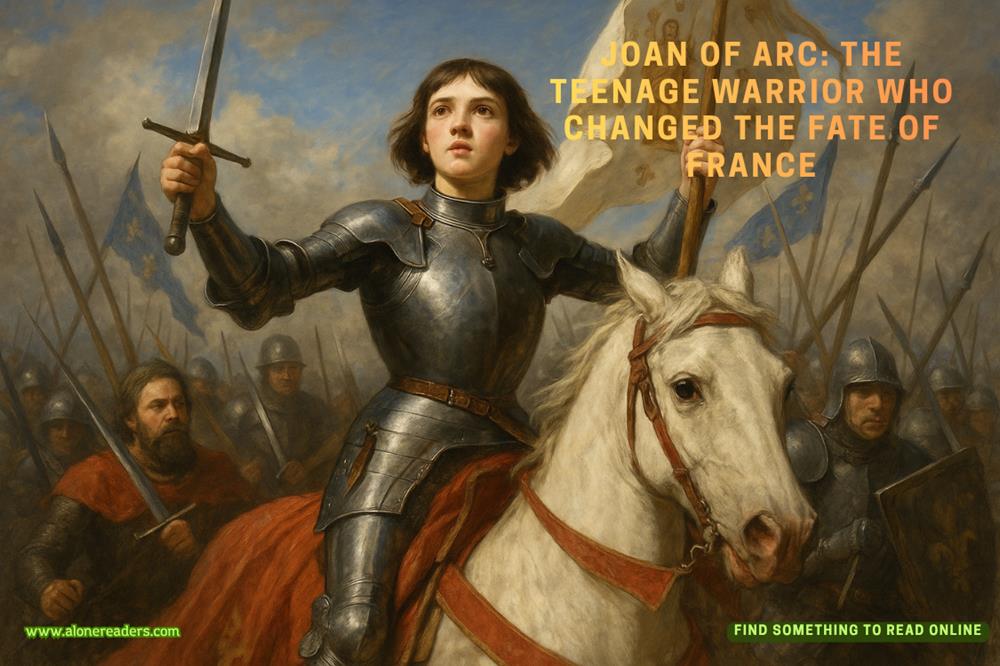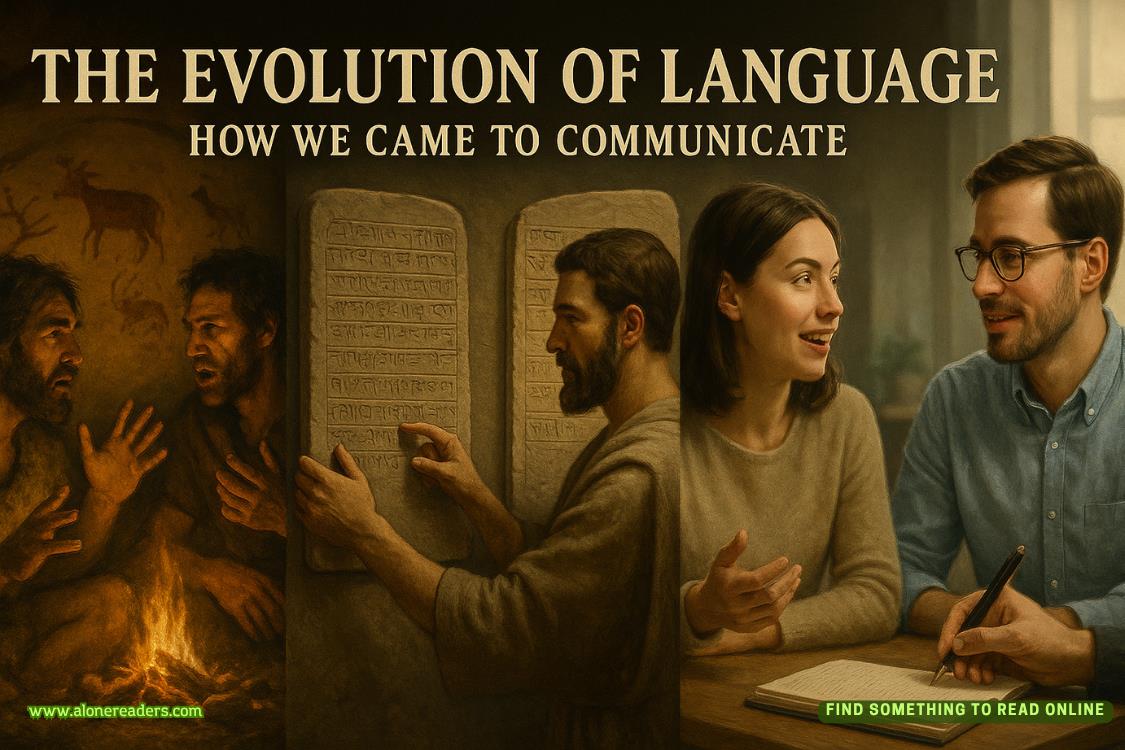I have no time to consider whether this is something Icancome back from because there is no optionbutto come back. I take two steps toward her, praying the right words will come to me when I reach her, when I hear two more voices in the hallway, and a middle-aged woman and an older gentleman walk in.
I recognize them from their LinkedIn photos as the chair and treasurer of the board, the current head of the Chamber of Commerce and a retired physician. Michaela Berg and Dr. Robert Smithson, respectively.
“Hello,” I say, going over to introduce myself. I’ve lost my window to chat with Catherine before the meeting begins. I spend time with the new arrivals in the kind of professional small talk people exchange when you’re about to start a long-term working relationship. It’s past superficial but still not digging deeply as we all try to figure each other out beyondthe bullet points provided by Foster about each selection he made.
The final board member, the secretary, a retired history professor from Spring Brook College, arrives with five minutes to spare. I transition over to the desk to make sure I’m ready as soon as they are, but I notice Jay breaks off his conversation with the chair to meet the secretary. He stays with him until they all move toward the two worktables dressed up with heavy black cloths. Each seat also has a pad of paper, my personal favorite brand of black ink pen, and a bottled water.
I’ve set them up panel-style and perpendicular to the desk to avoid a barrier between us. I take a seat across from them, making it easy for all of us to view the screen on the desk when it’s time to present.
“I call this first meeting of the Museum of Serendipity Board to order,” Michaela Berg begins. “It feels appropriate to begin by honoring the man whose legacy has brought us here, and I’d like each of us to share how we knew Foster Martin and why we chose to accept a position on this board.”
I see immediately why Foster chose Michaela. It’s the perfect way to begin, focused on the job they’ve agreed to do but also grounding it in the spirit of the benefactor who put this into motion. I watch Catherine closely as each board member takes their turn sharing. Her expression is always attentive but gives little away, even when some of the trustees share a particularly funny or sentimental memory of Foster.
Jay says, “I’m Foster’s only grandson, and that tells you all you need to know about how I ended up here.”
Everyone chuckles except Catherine, who simply watches.
Dr. Smithson shakes his head even as he smiles. “Don’t sell yourself short, son. We all knew your grandfather too well to believe he’d put you on the board if you weren’t qualified.”
Jay smiles. “I do have the advantage of a PhD in American history, an unofficial doctorate in Martin family history, and a deep love and knowledge of every atom of this estate.”
That is unfortunately sexy. I make sure my expression doesn’t change even as the urge to fan myself strikes like I’m a Colonial woman in forty-seven petticoats and a wool dress and the Sixth Regiment just came to town after getting baths.
Catherine goes last, speaking of getting to know Foster on the Sutton board, then surprising me by adding that growing up, she spent part of every summer in Serendipity Springs visiting her maternal grandparents, ending with, “I’ve always felt affection for this city, and Foster knew it well enough to appeal to that sentimentality. But he was even craftier in making sure I only got his request to join the board after his death when he could depend on guilt to get me to commit at an age when making plans more than a month away feels naïve.”
Was that a joke? Dr. Smithson and Professor Martinez, the two other oldest board members chuckle, and the rest of us err on the side of polite smiles.
When everyone has finished, Michaela Berg smiles at me. “I’d like us to read through Foster’s mission statement. Afterward, we’d like to hear from you, Ms. Hopper, about your evaluation of the estate after your first two weeks here and your preliminary estimate of an opening date.”
I incline my head. “I’m prepared to proceed at your prompting.” Why am I alliterating?Stop that.
Professor Martinez reads the mission statement aloud, the rest of us following along on the copies Michaela provides. When he finishes, she thanks him and turns to me.
“Foster was adamant about your appointment as the first director. I look forward to your assessment.”
I stand and move to present, focusing on appearing superprofessional. The most professional. I’m regretting my red lipstick now. Maybe it’s less than professional? But I can’t get caught in a spiral of cosmetic regret.
I turn on the screen, and my title slide appears. “Good evening, board members. The Martin estate is uniquely positioned to emerge as a premiere regional museum thanks to a confluence of factors. These include …”
I nail it. I don’t miss a single fact, figure, number, or date. I give them a timeline and estimates for the admin suite renovations and my hiring plans. They all look satisfied with the level of detail I’m giving with two exceptions. Jay looks puzzled, and Catherine Crawford finally reveals an emotion: skepticism.
Forcing myself not to let either of their reactions get in my head, I hit them with the surprise A-plus content that shows I’m proactive and coming in with ideas and a vision.
“The final section is a preview of the direction I see for the museum. I’ve been studying the collections and visualizing a series of exhibitions. This floor plan shows which ones will be permanent as well as spaces for rotating exhibits that will keep our content fresh.”
Jay leans forward, eyes wide with interest, and I don’t let myself look at Catherine Crawford. I go through slides showing a well-curated visitor experience, from the placement of a small gift shop—critical revenue for any museum—to the staging of the ballroom so that it can easily be converted into a meeting or wedding venue. I overview my plans for temporary exhibits for the first year, like landscape paintings of central Massachusetts, and a profile of accomplished figures in city history.
“I’ll be meeting with the Hassanamisco Nipmuc Band council next month to learn how to partner with them, and shortly after that, the foremost scholar of the architect whodesigned the Martin House and pioneered Federal-style architecture throughout the region.”
I’ve given them far more than they asked for and way ahead of schedule, but when I scan the board, I see two impressed faces, two pleased ones, and then Catherine Crawford’s. Her expression has deepened to concern.
Don’t panic.Do not try to guess what her problem is and over-explain.
“Foster Martin would want this museum to be prestigious. Reputable. To garner the respect the Sutton has earned over the years with careful acquisitions and the wise guidance of trustees like Foster himself. I designed this preliminary plan with that in mind, and I’m so honored that he trusted me to do it.” That last part is a veiled reminder to Catherine Crawford. I would never let him down. I set down the clicker and smile at them.
They applaud, even Catherine, though hers is restrained.
“You have exceeded expectations, indeed,” Dr. Smithson says. “Remarkable work, Director Hopper.”















